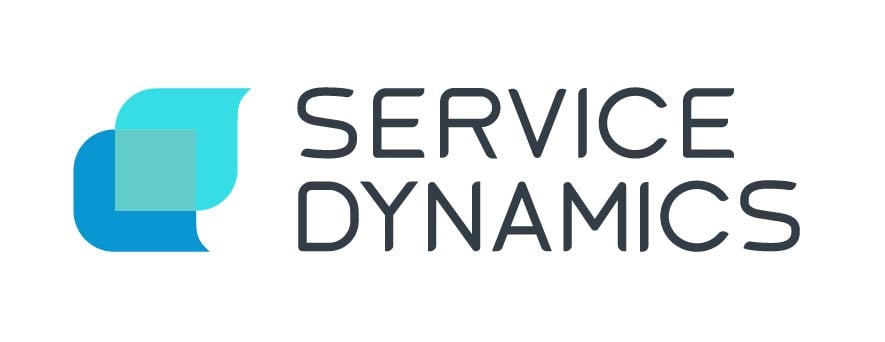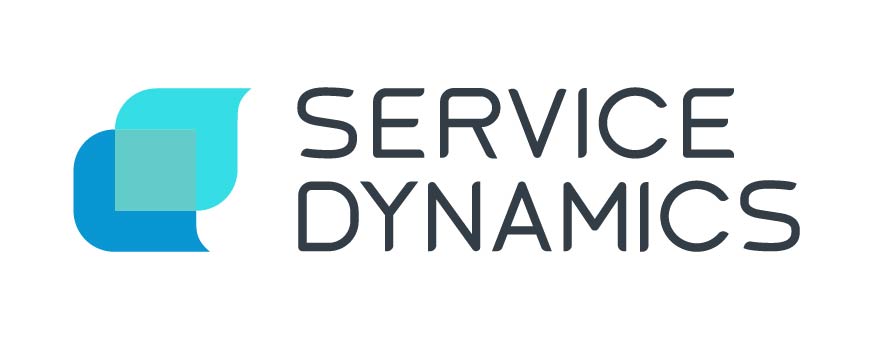Most large New Zealand organisations have an IT Service Management (ITSM) platform to manage end-to-end delivery of IT services to their customers or end-users. But these organisations can experience high levels of ITSM platform churn and more importantly, budget over runs due to the procuring organisation not getting the right ITSM platform for its needs, or not investing the right level of time and resources into its implementation.
This churn can also be due to the relationship the organisation has with its ITSM platform partner. It is important to understand specifically how New Zealand organisations like yours can get more from their ITSM partners by focusing on developing positive relationships together.
Recognise the value partner personnel can offer
Look beyond the technology and see the people.
It's not just the pre-sales consultants and salespeople involved in the procurement process but also others such as product management personnel and implementation or professional services staff. Not only do all these people have deep expertise on the particular tool you’re considering, but many will also have experience and knowledge around all facets of IT Service Management. In particular - how other customers have tackled issues similar to your own. Don’t be afraid to ask questions. You’ll get answers based on what they have achieved with other organisations.
Another good approach is to take the time to talk with partner personnel at their booths at industry events. Simply ask what other organisations have done when facing similar challenges.
Include partner relationship aspects in your ITSM platform selection RFP criteria
Don't get bogged down in pointless exercise in box-ticking
Elements commonly included in Request for Proposal (RFP) documents usually include a myriad of data points related to the minutiae of ITSM RFP requirements - for example, whether an incident ticket can be reopened after being closed. While questions such as these might seem valuable, they are not as important as the quality of the ongoing partner/client relationship.
No organisation should be happy with a superficially transactional exchange of licensing and subscription dollars for access to software or services without any on-going higher level guidance, support and insight. It might sound cliché, but customer organisations and partners must win together otherwise everyone loses together.
So, what can your organisation do to improve the probability of working with a partner that values its relationships with its customer organisations? Relevant questions should be asked in the RFP process. However while an ITSM platform partner can answer them honestly, this is only their perspective and the customer’s perspective needs to be a major part of this process.

No organisation should be happy with a superficially transactional exchange of licensing and subscription dollars for access to software or services without any on-going higher level guidance, support and insight.
References from existing customers are a great source for information, but they’re usually reference clients because they are the happiest of customers. Here are some ideas for further research possibilities.
- Networking at industry events, asking your peers about the quality of the relationship with their current partner
- Researching online communities to get a feel for customer engagement and to see how customer queries and issues are handled
- Looking at peer review data and insights
- Review IT industry research reports
What should you look for as a sign of good ITSM platform partner relationships?
All ITSM platform partners have differing strengths and abilities
After your research phase is complete, your organisation should have a short-list of ITSM platform partners it can work well with. Ideally, those that have demonstrated successful relationships with its existing customers across various areas of the customer lifecycle, such as:
- Marketing and sales – for example, efficiently responding to information requests, helping with business case creation, or the flexibility demonstrated in contractual negotiations
- Platform implementation – the quality and timeliness of the interactions, from truly understanding customer needs to creating innovative solutions when needed
- Support – not only the effectiveness of day-to-day support capabilities but also the guidance provided via customer communities, local user groups, and bigger customer events
- Product development – while this might not be an immediately obvious relationship indicator, the level of an ITSM partner’s R&D investment and product development velocity, especially based on customer inputs, can be a good indicator of partner responsiveness
In closing, if your organisation wants to get the most from its ITSM platform partner, you should also play your part. Sitting, waiting and hoping for a quality relationship to magically appear won't work, your organisation will increase its chances of "winning together" by proactively working at the relationship it needs and the same should be said for the partner that is chosen.


